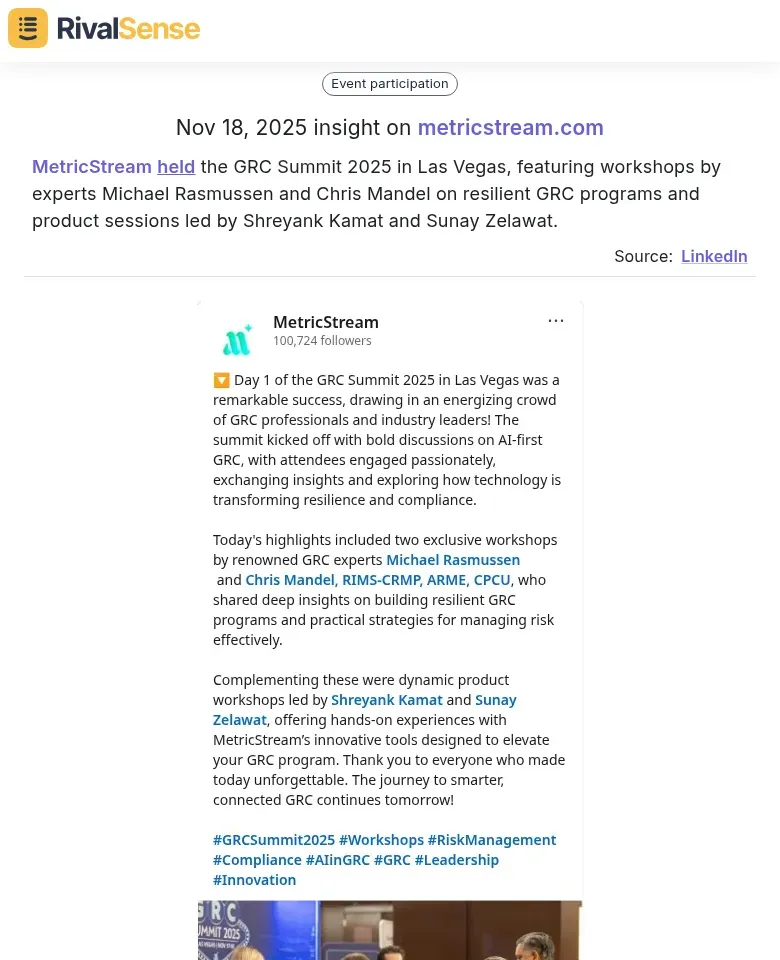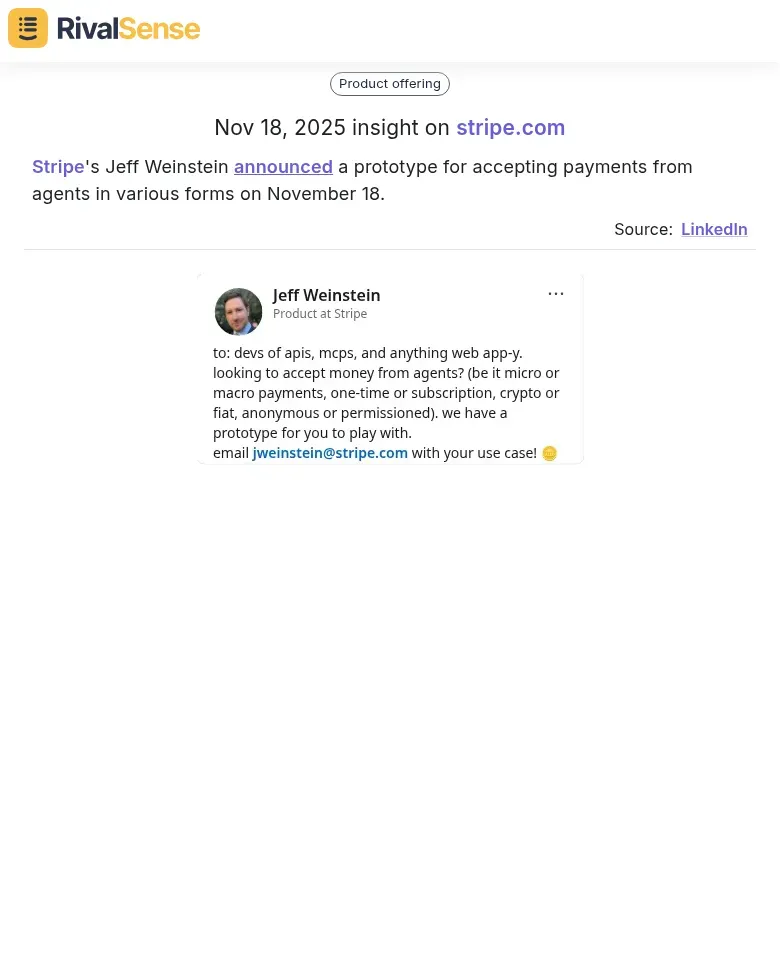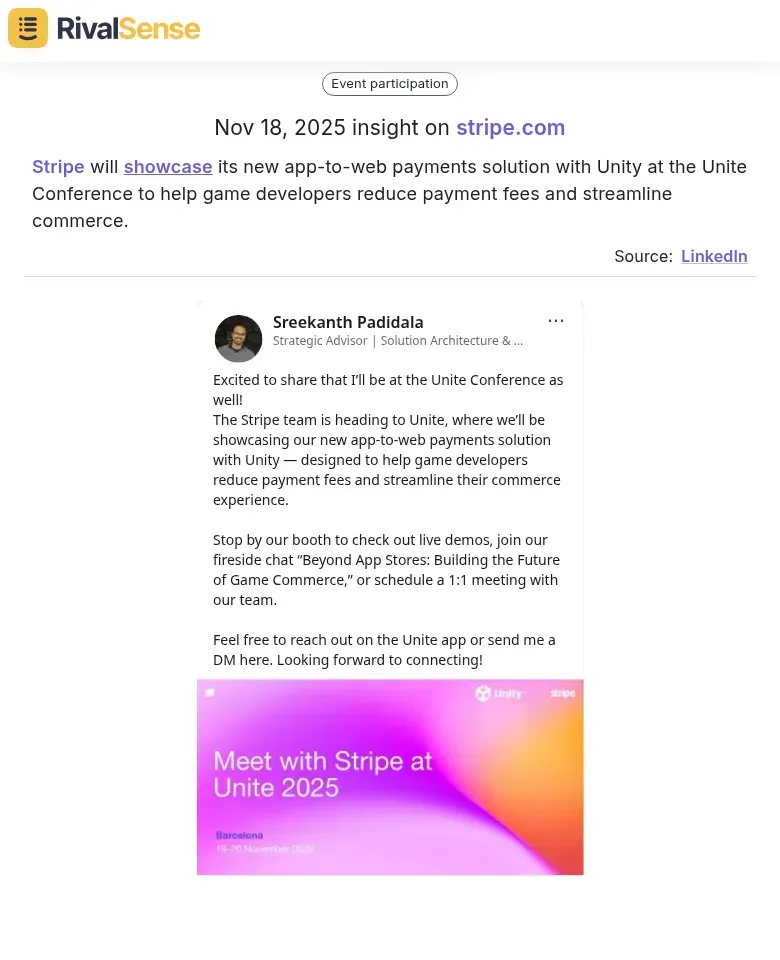Cold Chain Logistics Competitor Financial Analysis: Essential Templates and Frameworks
The cold chain logistics market is expanding rapidly, driven by global demand for temperature-sensitive goods like pharmaceuticals and perishable foods. Financial analysis of competitors is crucial for strategic decision-making, enabling businesses to benchmark performance and anticipate rival moves in this capital-intensive industry.
Key financial metrics include gross margin (to assess cost efficiency), inventory turnover (for perishable goods management), and debt-to-equity ratio (to evaluate financial stability).
✅ Practical Steps to Get Started:
- Use a competitor tracking tool to monitor quarterly reports and updates.
- Analyze metrics like return on assets to gauge operational effectiveness.
- Compare capital expenditure trends to spot investment strategies and optimize resource allocation.
This approach helps refine pricing, optimize logistics routes, and mitigate risks in a volatile sector.
Essential Financial Analysis Templates for Cold Chain Competitors
For cold chain logistics firms, specialized financial templates are essential to capture the unique aspects of temperature-controlled operations. Starting with a detailed income statement that breaks down revenue by service type—such as refrigerated transport, warehousing, and value-added services—can highlight profitability drivers.
Your balance sheet should emphasize refrigerated assets like fleets and cold storage facilities, alongside liabilities from equipment financing.
📋 Checklist for Effective Template Use:
- Regularly update fuel, energy, and utility costs in financial models.
- Benchmark gross margins per temperature zone (e.g., frozen vs. chilled) against industry averages.
- Incorporate real-time data from IoT sensors to predict maintenance costs and enhance route efficiency.
💡 Tip: Use cash flow analysis frameworks to monitor operating cash flow against seasonal demand spikes, and track days sales outstanding (DSO) for better liquidity management.
Frameworks for Benchmarking Financial Performance Against Rivals
Benchmarking financial performance against cold chain logistics rivals requires structured frameworks to identify strengths and weaknesses. Comparative financial ratio analysis, such as current ratio and debt-to-equity ratio, provides insights into liquidity and financial stability.
For example, a higher current ratio in a competitor may signal better short-term resilience, guiding your own risk management strategies.
| Metric | Formula | Strategic Insight |
|---|---|---|
| Current Ratio | Current Assets / Current Liabilities | Targets >1.5 for optimal liquidity in volatile markets |
| Debt-to-Equity Ratio | Total Liabilities / Shareholders' Equity | Lower ratios indicate reduced financial risk and borrowing costs |
| Operational Expense Ratio | SG&A / Revenue | Compare with industry averages (e.g., 15%) to identify cost-saving opportunities |
📊 Steps for Effective Benchmarking:
- Collect competitor financial data from annual reports or databases.
- Compute key ratios and compare them against your metrics.
- Identify performance gaps and set actionable improvement targets.
- Monitor trends quarterly to adapt to market changes.
✅ Checklist: Always verify data accuracy, adjust for seasonal fluctuations, and use scenario analysis to test assumptions.
Advanced Financial Modeling Techniques for Competitive Insights
Advanced financial modeling transforms raw data into dynamic tools for predicting competitor behavior and market shifts. In cold chain logistics, scenario analysis is vital to model the impact of variables like temperature deviations, regulatory changes, or fuel price spikes on margins.
Forecasting models can project market share changes when new technologies or entrants disrupt pricing, while valuation models like discounted cash flow (DCF) assess competitors' intrinsic value based on their asset base and growth potential.
🔍 Practical Modeling Steps:
- Build a scenario matrix with best-case, worst-case, and base-case assumptions for key drivers like energy costs or spoilage rates.
- Use DCF templates that incorporate capital expenditures for cold chain infrastructure and maintenance.
- Run sensitivity analysis to evaluate how changes in variables affect EBITDA and cash flow projections.
💡 Tip: Leverage industry benchmarks for logistics KPIs and model competitors' debt structures to gauge their resilience during economic downturns.
Leveraging Competitor Tracking for Strategic Insights
Monitoring competitor activities beyond financial reports provides real-time insights that can shape your business strategy. Tools like RivalSense track events, product launches, and partnerships, offering a holistic view of the competitive landscape.
For instance, tracking competitor events can reveal strategic priorities and innovation trends that may impact financial planning.
📅 Insight Example: MetricStream held the GRC Summit 2025 in Las Vegas, featuring workshops by experts Michael Rasmussen and Chris Mandel on resilient GRC programs and product sessions led by Shreyank Kamat and Sunay Zelawat.

Why it's valuable: Events like this highlight a competitor's focus on thought leadership and new service offerings, allowing you to anticipate market shifts and adjust your own strategic initiatives accordingly.
Product launches are another critical area to monitor, as they signal innovation and potential competitive threats.
🚀 Insight Example: Stripe's Jeff Weinstein announced a prototype for accepting payments from agents in various forms on November 18.

Why it's valuable: Such announcements help you stay ahead of technological advancements, enabling proactive adjustments to your R&D and customer acquisition strategies to maintain a competitive edge.
Partnerships and event participations often indicate growth strategies and new market opportunities.
🤝 Insight Example: Stripe will showcase its new app-to-web payments solution with Unity at the Unite Conference to help game developers reduce payment fees and streamline commerce.

Why it's valuable: Collaborations like this can expand a competitor's market reach and revenue streams, providing insights into potential alliances that might affect your market position and financial projections.
Implementing Financial Analysis in Strategic Planning
Integrating financial insights into strategic planning ensures that your business remains agile and competitive in the cold chain logistics sector. Start by mapping competitors' financial health against market share trends to identify if well-funded rivals are expanding or if cash-strapped players are vulnerable.
Use this analysis to fine-tune your pricing strategies, investment allocations, and risk management approaches.
✅ Checklist for Strategic Implementation:
- Conduct monthly reviews of competitors' SEC filings, annual reports, or regulatory updates.
- Benchmark key ratios like operating margin and return on investment against industry standards.
- Scenario-plan for potential mergers, acquisitions, or market exits to prepare for disruptions.
🔔 Tip: Set up automated alerts for financial statement changes and hold quarterly strategy sessions to recalibrate plans based on the latest competitor data, turning analysis into actionable intelligence.
Ready to gain deeper, real-time insights into your competitors' moves? Try RivalSense for free at https://rivalsense.co/ and get your first competitor report today! Track product launches, pricing updates, events, partnerships, and more to stay ahead in the dynamic cold chain logistics market.
📚 Read more
👉 How Microsoft's Visual Studio 2026 Uncovered a Rival's Growth Strategy
👉 Competitor Insights: Boost Key Account Win Rate
👉 Advanced Key Account Tracking Tactics for IoT Operations Leaders
👉 Leverage Media Mentions for Competitive Content Strategy Wins
